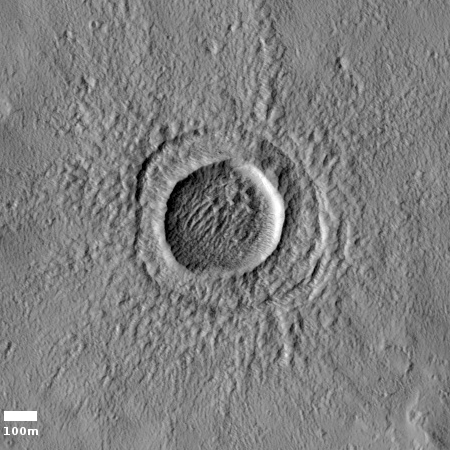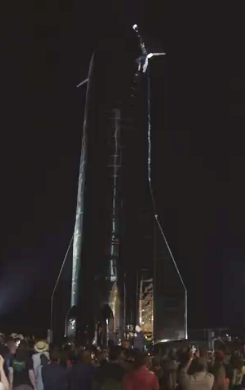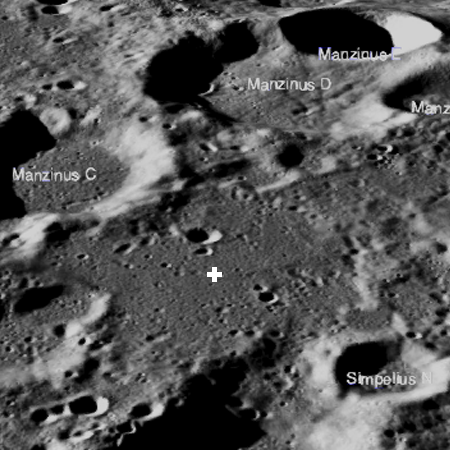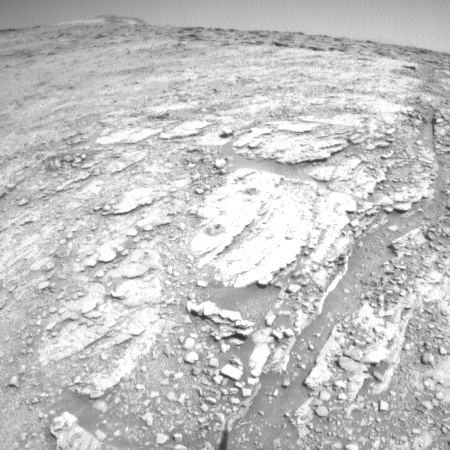NASA in negotiations to buy more Russian Soyuz astronaut seats
Collusion with Russia discovered! NASA has begun negotiations with Russia’s Roscosmos space agency to buy more astronaut flights to ISS using Russia’s Soyuz rocket and capsule.
According to the story at the link, NASA’s last purchased ticket will fly in March of 2020, and these negotiations would buy flights beginning in the fall of 2020 and beyond into 2021. The story also cites statements by NASA administrator Jim Bridenstine to CNN, confirming these negotiations.
Apparently NASA thinks the manned capsules being built by Boeing and SpaceX will not be ready by the fall of 2020, and needs to buy tickets from Russia because of this.
However, the only reason those American capsules will not have been approved and flown by then will be because NASA’s timidity in approving their launch. The agency’s safety panel as well as its management have repeatedly delayed these private American capsules, sometimes for very strange reasons, including a demand that lots of paperwork be filled out, and what I consider to be an unjustified demand for perfect safety.
Had NASA adopted a reasonable criteria for launch, SpaceX’s Dragon capsule could have flown three years ago.
Meanwhile, NASA seems quite willing to put Americans on a Soyuz rocket, launched by a foreign power whose safety record in the past half decade has been spotty, at best. In that time Russia has experienced numerous quality control problems, including mistakes that led to an Soyuz abort during a launch and a Soyuz parachute failure during a landing, corruption that forced them to recall all rocket engines and freeze launches for almost a year, and sabotage where someone drilled a hole in a Soyuz capsule prior to launch, a sabotage that Russia still refuses to explain.
It is unconscionable for NASA to favor putting Americans on a Soyuz with many documented safety issues, but block the launch of Americans on American-made capsules, for imagined safety issues that have mostly made no sense. In fact, the contrast makes me wonder about the loyalty of NASA’s bureaucracy. They certainly seem to favor Russia and Roscosmos over private American companies.
Collusion with Russia discovered! NASA has begun negotiations with Russia’s Roscosmos space agency to buy more astronaut flights to ISS using Russia’s Soyuz rocket and capsule.
According to the story at the link, NASA’s last purchased ticket will fly in March of 2020, and these negotiations would buy flights beginning in the fall of 2020 and beyond into 2021. The story also cites statements by NASA administrator Jim Bridenstine to CNN, confirming these negotiations.
Apparently NASA thinks the manned capsules being built by Boeing and SpaceX will not be ready by the fall of 2020, and needs to buy tickets from Russia because of this.
However, the only reason those American capsules will not have been approved and flown by then will be because NASA’s timidity in approving their launch. The agency’s safety panel as well as its management have repeatedly delayed these private American capsules, sometimes for very strange reasons, including a demand that lots of paperwork be filled out, and what I consider to be an unjustified demand for perfect safety.
Had NASA adopted a reasonable criteria for launch, SpaceX’s Dragon capsule could have flown three years ago.
Meanwhile, NASA seems quite willing to put Americans on a Soyuz rocket, launched by a foreign power whose safety record in the past half decade has been spotty, at best. In that time Russia has experienced numerous quality control problems, including mistakes that led to an Soyuz abort during a launch and a Soyuz parachute failure during a landing, corruption that forced them to recall all rocket engines and freeze launches for almost a year, and sabotage where someone drilled a hole in a Soyuz capsule prior to launch, a sabotage that Russia still refuses to explain.
It is unconscionable for NASA to favor putting Americans on a Soyuz with many documented safety issues, but block the launch of Americans on American-made capsules, for imagined safety issues that have mostly made no sense. In fact, the contrast makes me wonder about the loyalty of NASA’s bureaucracy. They certainly seem to favor Russia and Roscosmos over private American companies.




